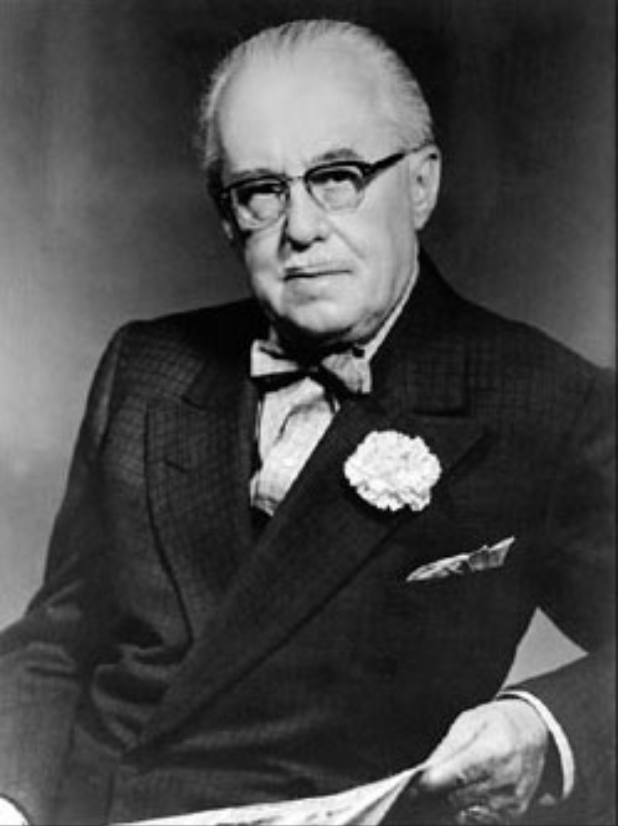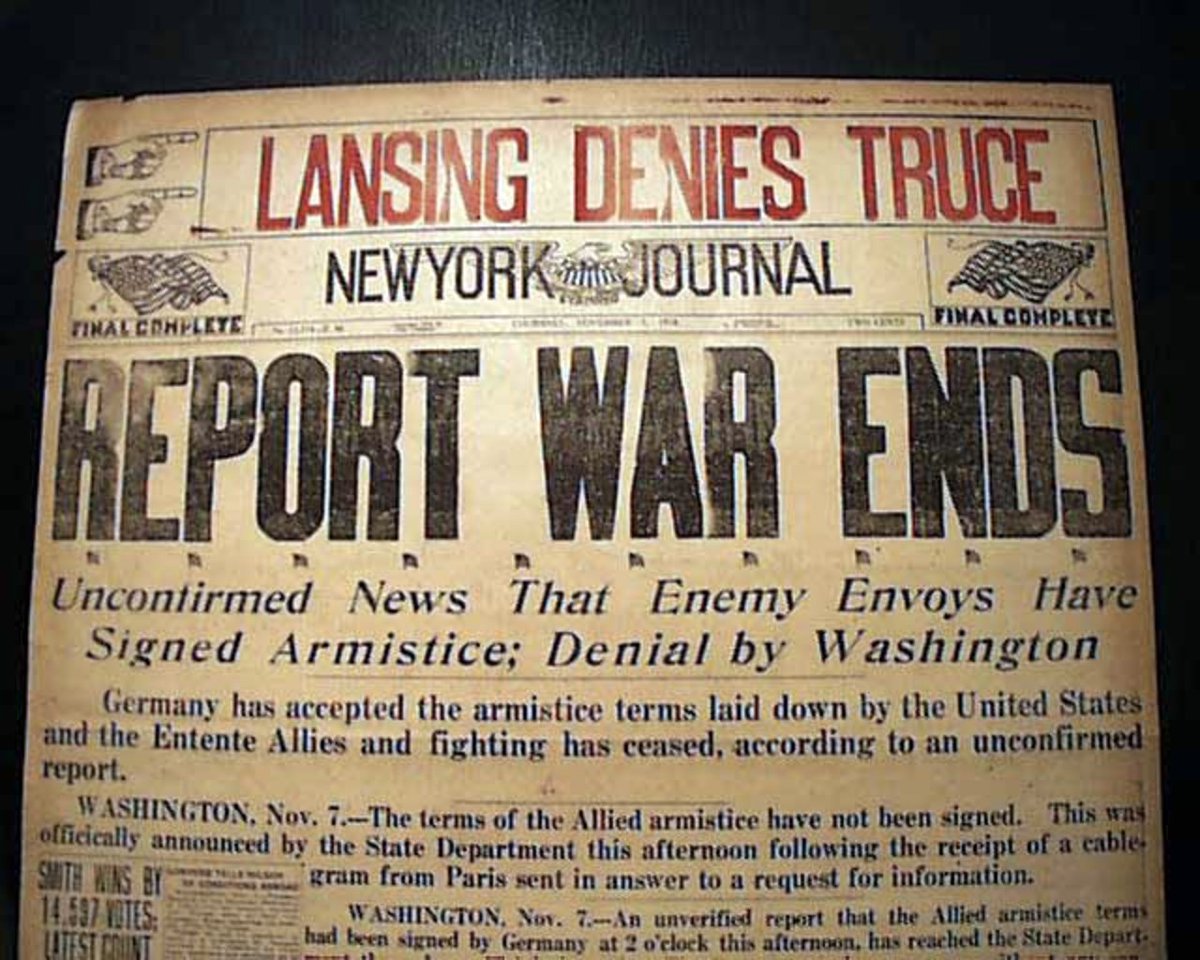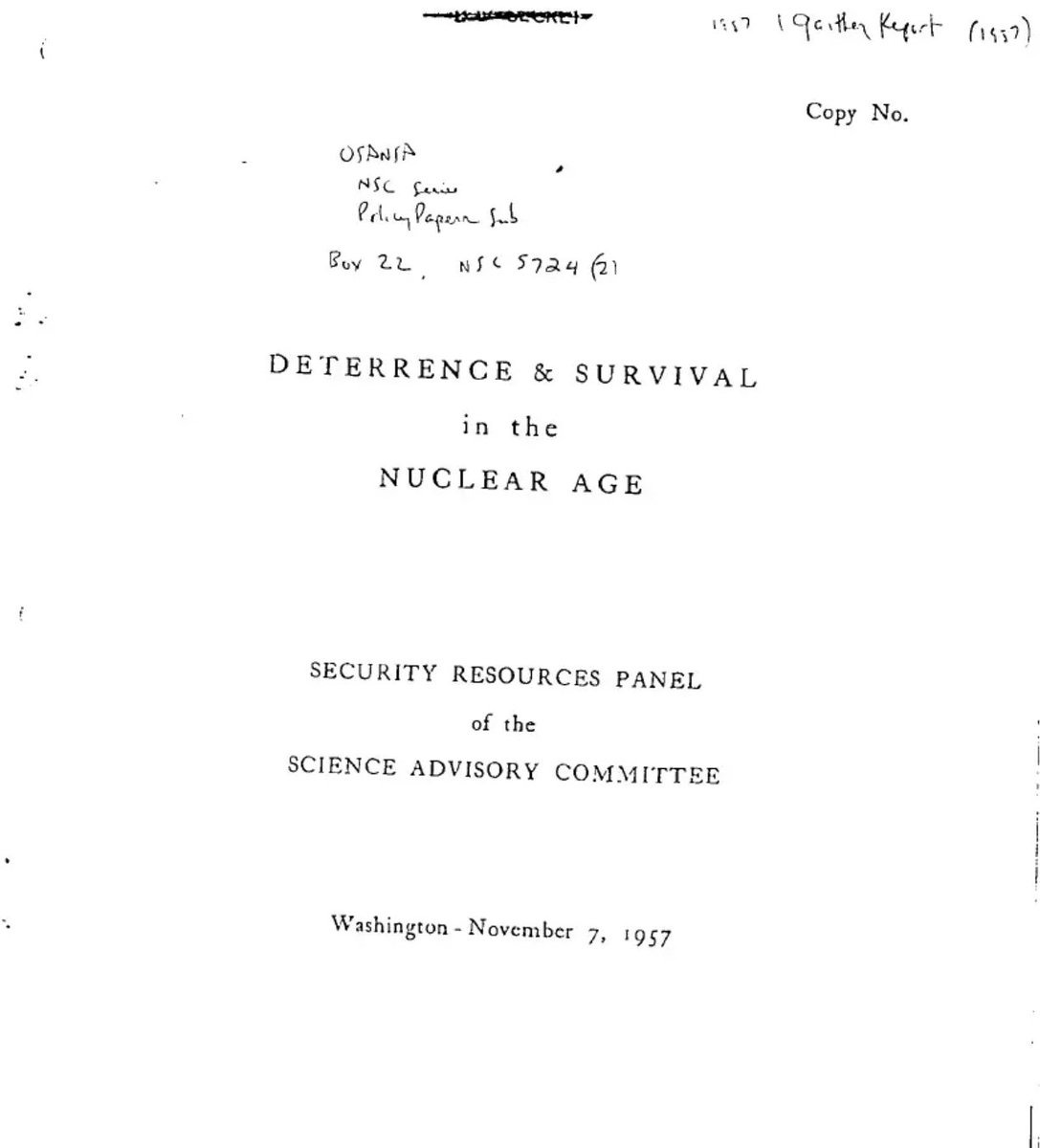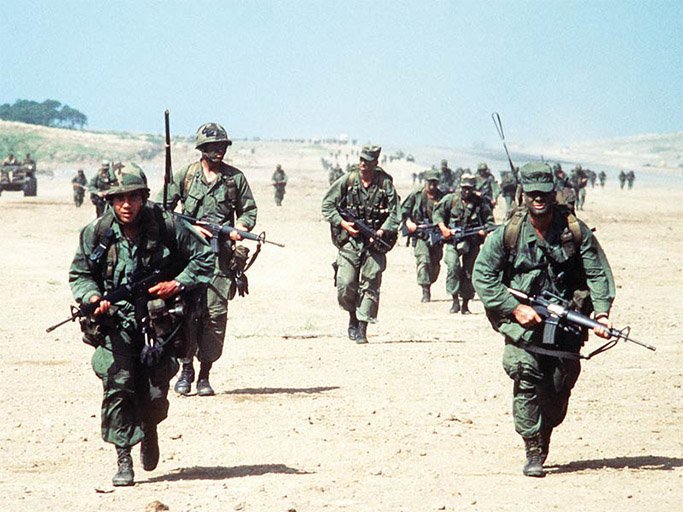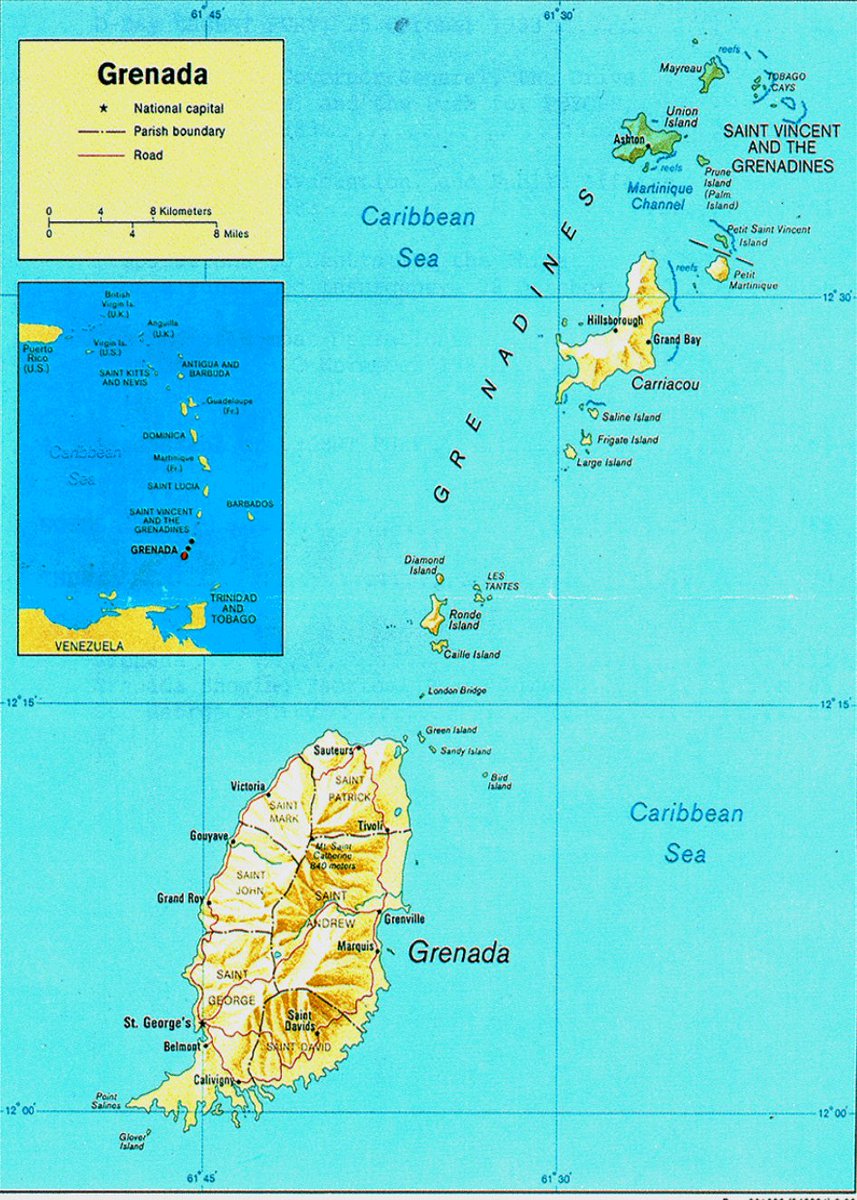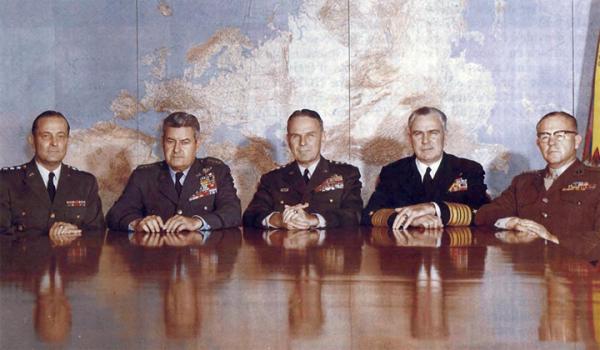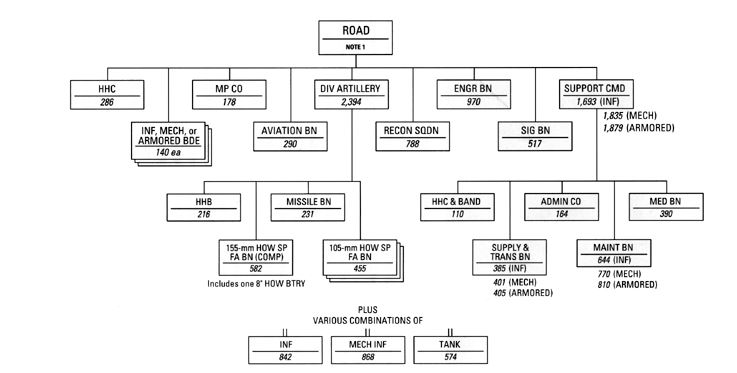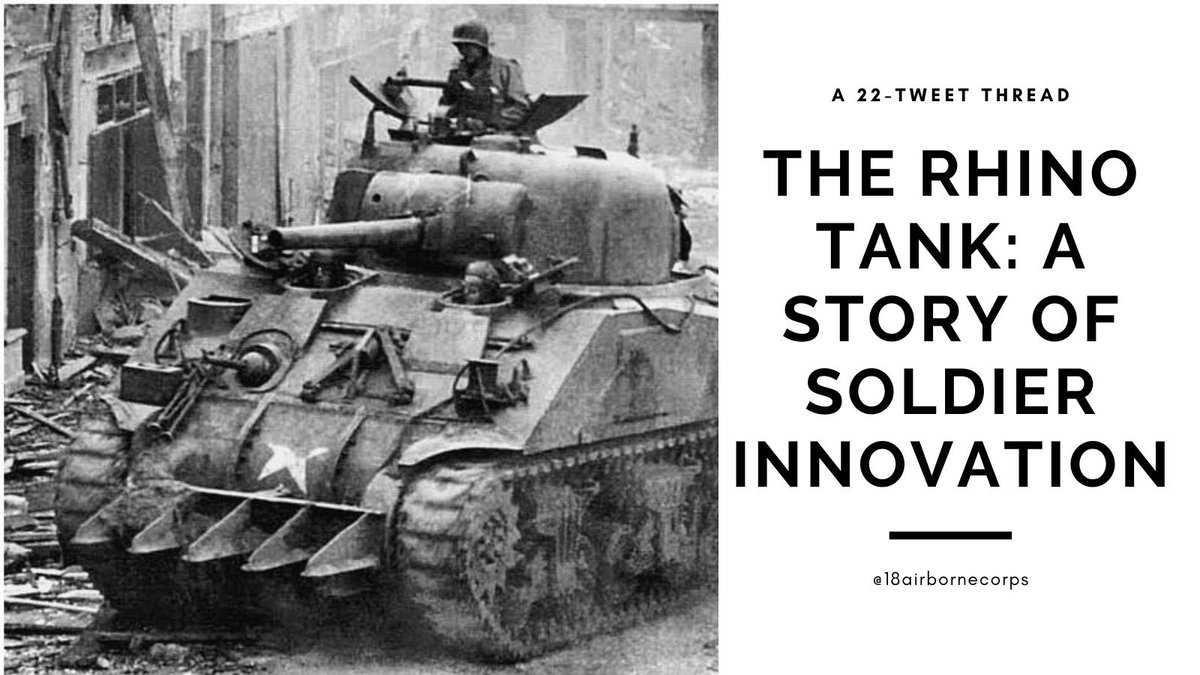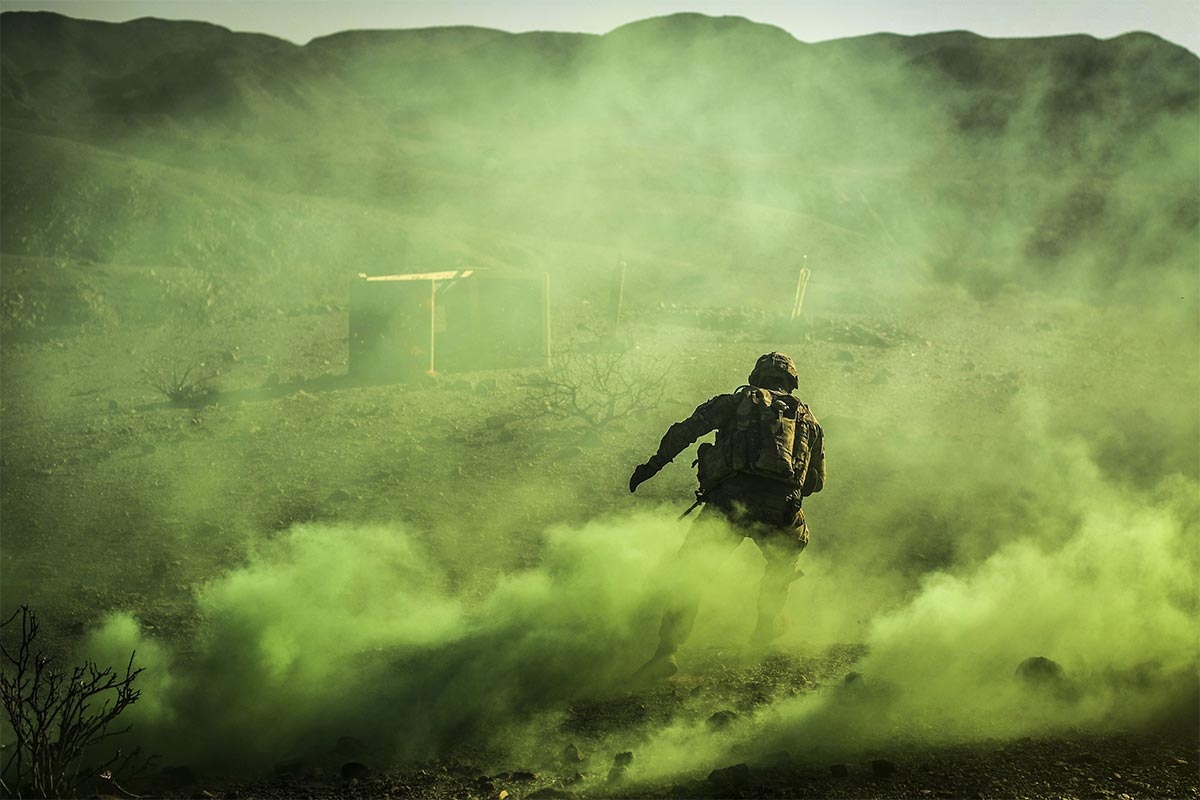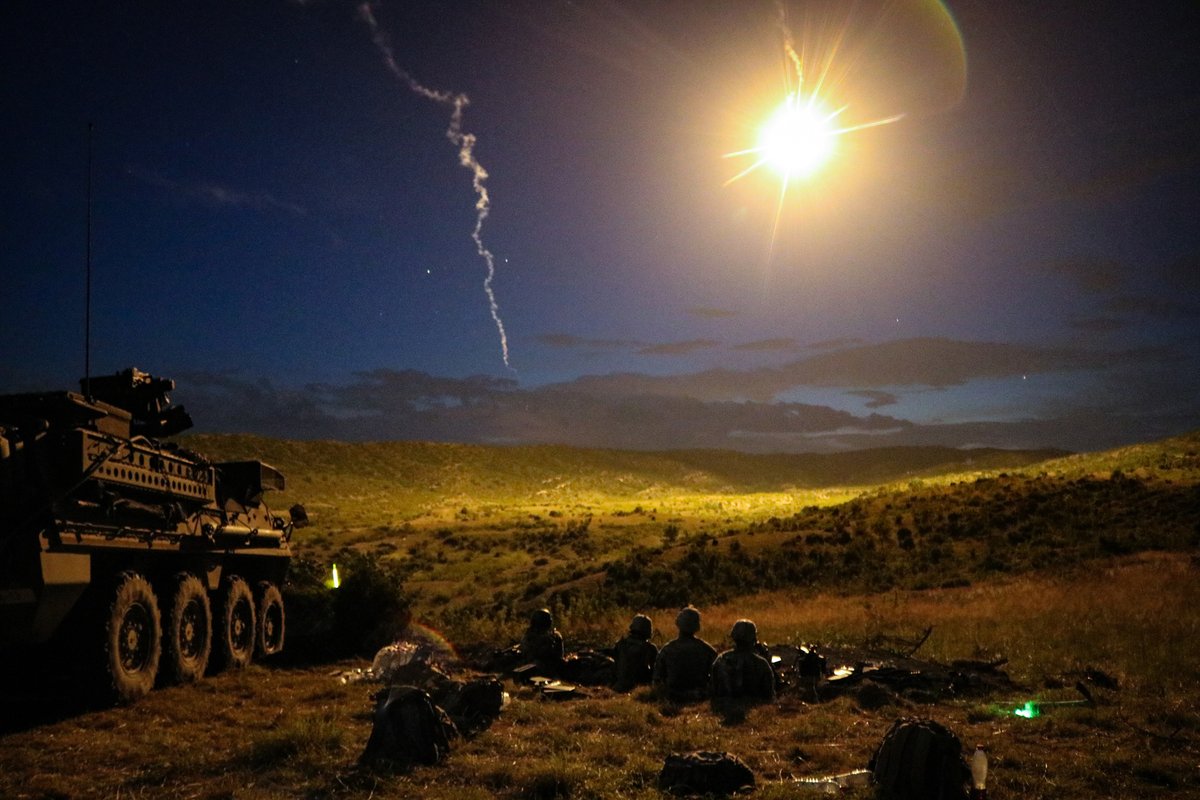
1 of 7:
It all comes down to this.
Next Tuesday, five Innovators will congregate on Ft Bragg to pitch their ideas to a panel of experts for Dragon's Lair, Episode 2. One will emerge victorious.
Let's meet our contestants.
Who you got? Who are you rooting for?
It all comes down to this.
Next Tuesday, five Innovators will congregate on Ft Bragg to pitch their ideas to a panel of experts for Dragon's Lair, Episode 2. One will emerge victorious.
Let's meet our contestants.
Who you got? Who are you rooting for?
2 of 7:
On Tuesday, Ashley Savage is representing more than @TheReupJM, her 11-year-old son Roy, @rickdicksonreal, @Bushwife, and all of @3rdSFGroup. She's representing every @USArmy PAO who's ever done it.
After watching this video, who's with #TeamAshley?
On Tuesday, Ashley Savage is representing more than @TheReupJM, her 11-year-old son Roy, @rickdicksonreal, @Bushwife, and all of @3rdSFGroup. She's representing every @USArmy PAO who's ever done it.
After watching this video, who's with #TeamAshley?
3 of 7:
Lisa Bailey is doing it for the culture, she's doing it for her 6-month-old boy Isaac, she's doing it for every overworked Behavioral Health specialist in the Army, she's doing it for every Soldier suffering in silence.
Who's with #TeamLisa?
Lisa Bailey is doing it for the culture, she's doing it for her 6-month-old boy Isaac, she's doing it for every overworked Behavioral Health specialist in the Army, she's doing it for every Soldier suffering in silence.
Who's with #TeamLisa?
4 of 7:
"Sergeant Major Colon is a real one. Always has been. He's going to win the this thing for us," Specialist Sean Deblieck, a Fort Bragg line medic speaks for every medic in the Army.
#TeamRafael is strong and will be watching on Tuesday.
First let's hear his idea.
"Sergeant Major Colon is a real one. Always has been. He's going to win the this thing for us," Specialist Sean Deblieck, a Fort Bragg line medic speaks for every medic in the Army.
#TeamRafael is strong and will be watching on Tuesday.
First let's hear his idea.
5 of 7:
Next Tuesday, the eyes of Fort Campbell, of one of our Nation's most storied military units, of every Warrant Officer in the Army, turn to Erin Silden.
Expectations are high.
Good news for the 101st: Erin's ready for the spotlight.
Next Tuesday, the eyes of Fort Campbell, of one of our Nation's most storied military units, of every Warrant Officer in the Army, turn to Erin Silden.
Expectations are high.
Good news for the 101st: Erin's ready for the spotlight.
6 of 7:
Trevor Cross is a Rakkasan through-and-through: confident, brash, fearless.
Next week, the 28-year-old will look General Kurilla, Command Sergeant Major Holland, and @WTFIOGuy in the eyes and pitch his innovation.
We know this about the young man: Trevor won't blink.
Trevor Cross is a Rakkasan through-and-through: confident, brash, fearless.
Next week, the 28-year-old will look General Kurilla, Command Sergeant Major Holland, and @WTFIOGuy in the eyes and pitch his innovation.
We know this about the young man: Trevor won't blink.
7 of 7:
Tell us who you are with.
Are you #TeamAshley, #TeamLisa, #TeamRafael, #TeamErin, or #TeamTrevor?
Tell us who you are with.
Are you #TeamAshley, #TeamLisa, #TeamRafael, #TeamErin, or #TeamTrevor?

• • •
Missing some Tweet in this thread? You can try to
force a refresh





